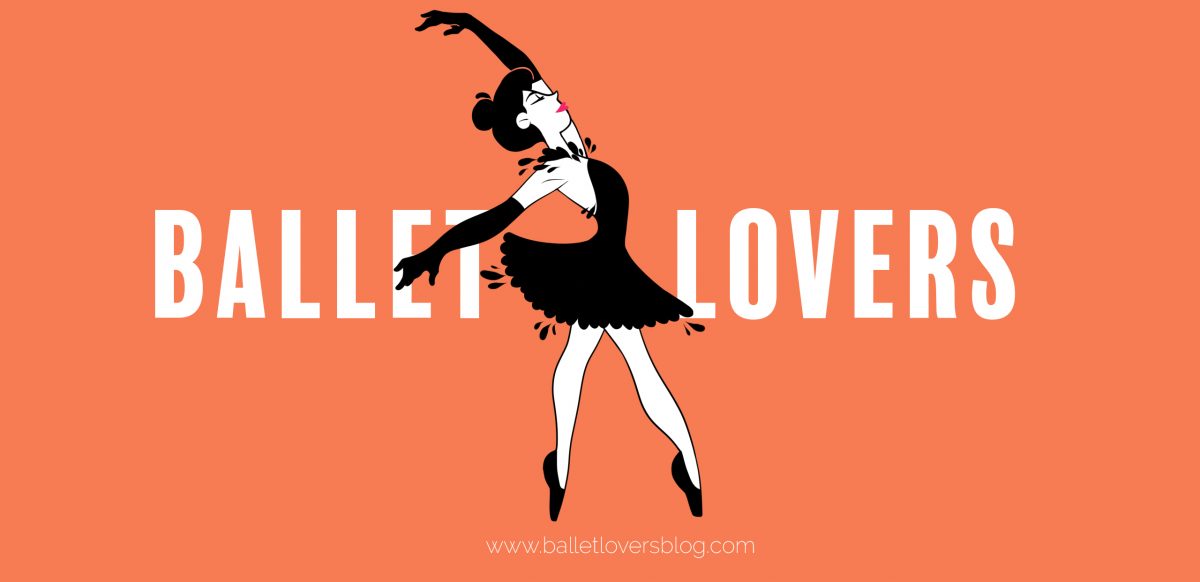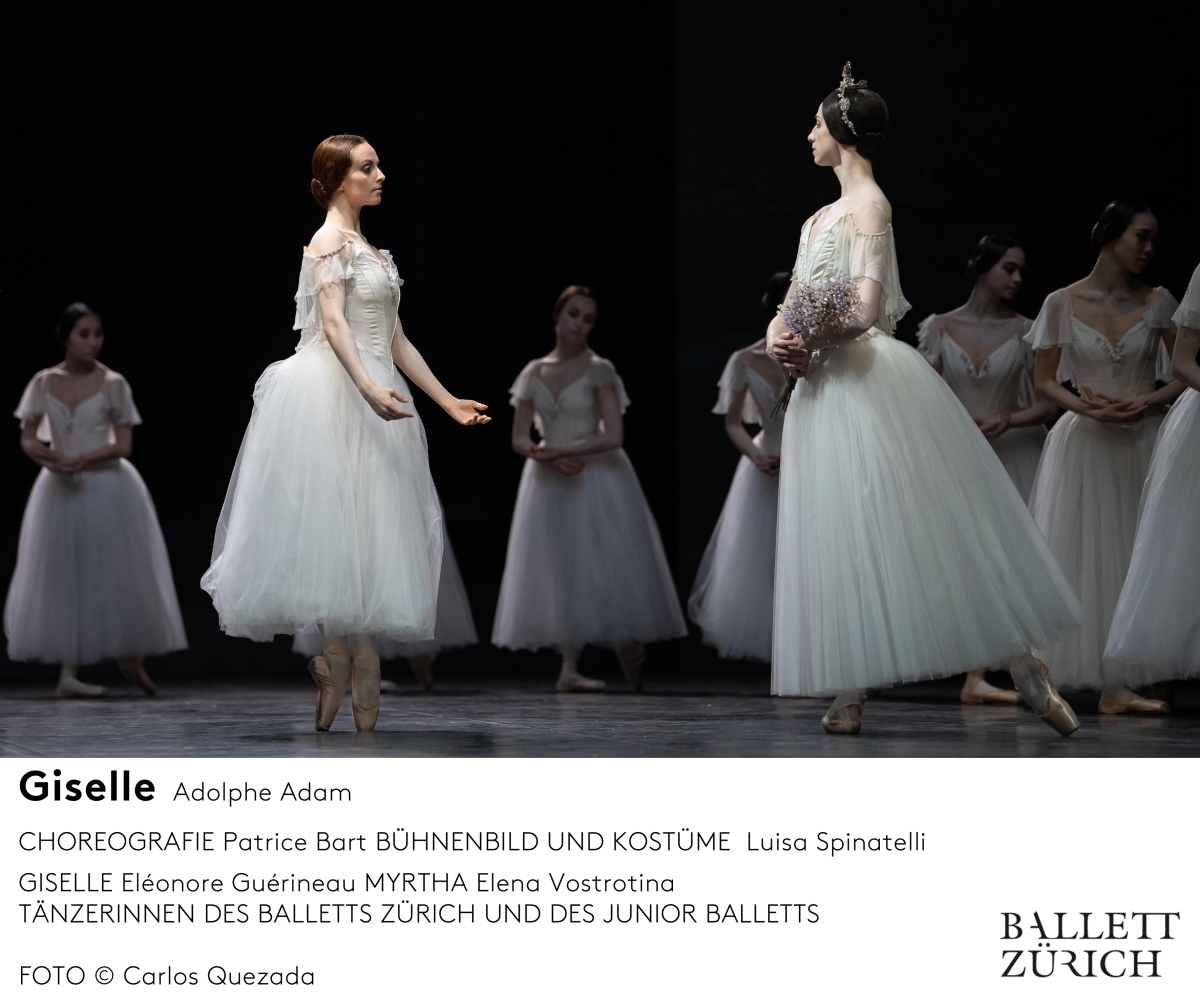Tanz kann den Trauerprozess fühlbar machen
Nach 3 Absagen findet endlich die Tournee von NOTHING LEFT statt, choreografiert von Tabea Martin. Auftakt in Basel am 12. und 13. Juni 2021!
TELEFONISCHES INTERVIEW MIT TABEA MARTIN AM 9.3.2020
Die Basler Choreografin Tabea Martin beschäftigt sich in ihrer Trilogie („This is my last dance“ 2018 und „Forever“ 2019) mit dem Tod. Das dritte Stück NOTHING LEFT sollte im Rahmen einer Koproduktion mit dem Migros-Kulturprozent Tanzfestival Steps und dem Veranstalternetzwerk Expédition Suisse am 25.4.2020 in der Kaserne Basel uraufgeführt werden, musste aber abgesagt werden.
Wie würden Sie sich als Choreografin beschreiben?
Ich bin neugierig. Ich bin ein Teamplayer, der den Austausch mit den Tänzern und dem Team sucht. Ich schätze Humor und Absurdität d.h. ich will nicht alles zu ernst nehmen und mich selbst relativieren. Mich interessieren gesellschaftlich relevante Themen. Ich nutze die Möglichkeit zu fragen und kritisch zu sein.







